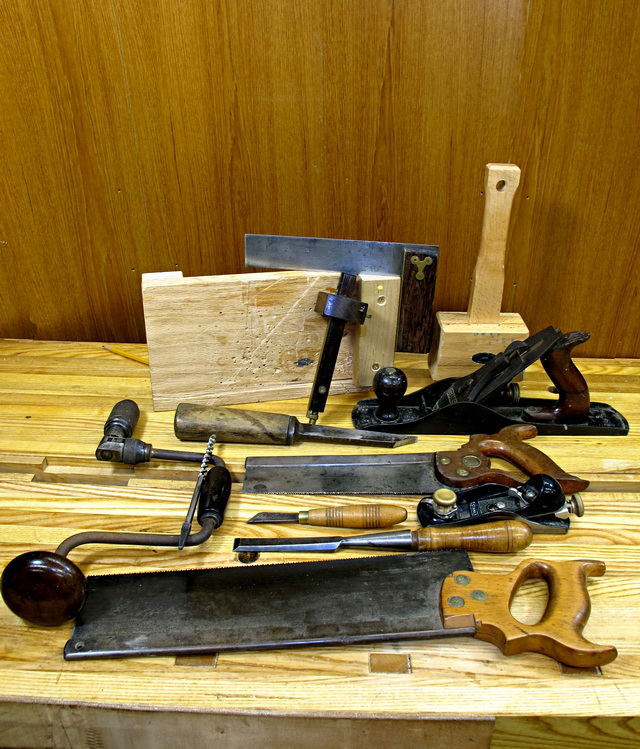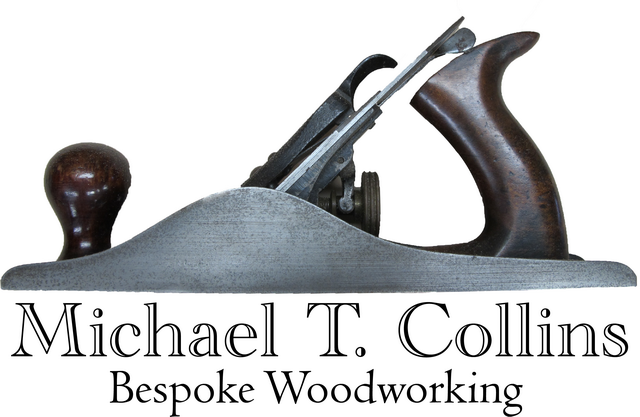
We have one drawer in our kitchen that contains our shared tools. The tools we reach for when something needs doing and I don’t want to trek to the woodshop to get my tools. It’s a set of tools that has taken years to refine, based totally on our needs. You could call them ‘Necessary Tools’. English Joiner’s through the years have used a small selection of tools and were able to produce a wide variety of beautiful furniture.
When starting out acquiring tools it’s easy to be confused with the plethora available, some so specialized that you may only use them once or twice. It’s important to not fall for the more is better philosophy – if I have this tool or that tool I’d be a better craftsman.
The saying ‘you get what you pay for’ is so true when purchasing woodworking tools. Unless you have a lot of money to fork out, reasonably priced, good quality tools are hard to come by and forget chain DIY stores for quality hand tools. Very few of my hand tools were purchased new and for the most part were obtained by scouring flea markets, car boot sales and online auctions. These offer the best hope of finding good quality older tools at reasonable prices.
I received my first tool kit when I was about 7, a wooden box filled with every tool, someone else assumed, an aspiring joiner needed. A key tool missing was a mentor. At that young age it was my father, learning mostly by observation. After that it was my secondary school woodworking teacher, who instilled in me a passion for working wood and the respect and care of tools. I have been making sawdust and wood chips ever since. As I tell woodworkers starting out, “The only difference between where you are and where I am – is time and equipment ruined”.

So what’s in the tool kit:
Dovetail and Tenon saw
Jack and Block plane
Chisels 3/8″ mortise chisel and a 3/4″ bevel edge
Brace and ¼”, 3/8” and ¾” twist bits
Mortise gauge
Marking knife
Try Square or Combination Square
Wooden Mallet 6″ with flat head
Bradawl
Bench Hook – Home made
When woodworking there’s a natural progression at play, but only if derived from an understanding based on personal experience. If you have a plane and develop a connection between eye, brain, muscle, hand, tool and wood, you will gain an understanding of how the tool responds in the hand and also its limits. The more you use the tool the sooner you will know when it’s time to acquire the next tool to accomplish a given task.
By this experiential process, your knowledge and skills will develop and your tool kit will need to grow along with your experience.
